Expert Elevator Service to Minimize Downtime
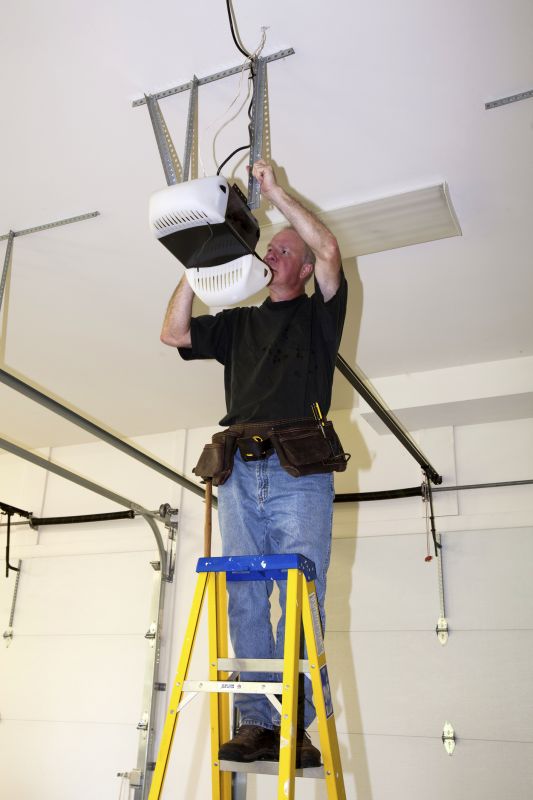
Regular inspections ensure that elevator systems operate safely and efficiently, identifying potential issues before they lead to costly repairs.
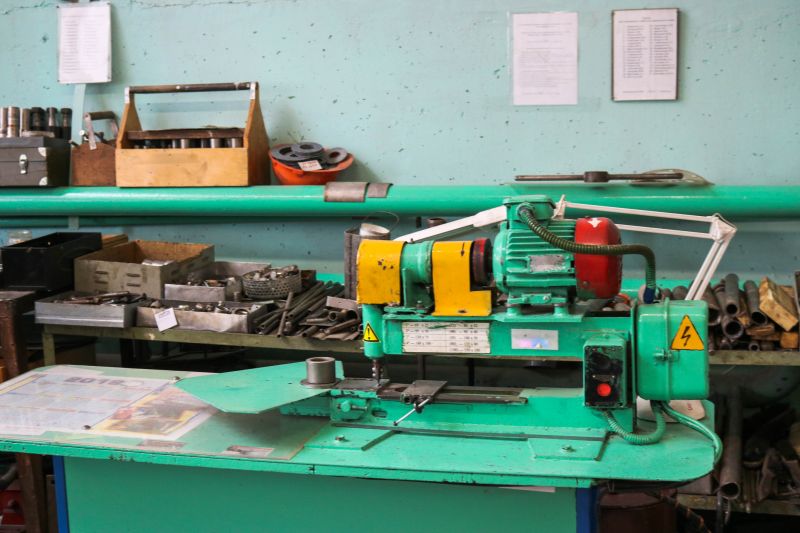
Specialized tools and diagnostic devices are used during maintenance to assess elevator components and perform precise adjustments.
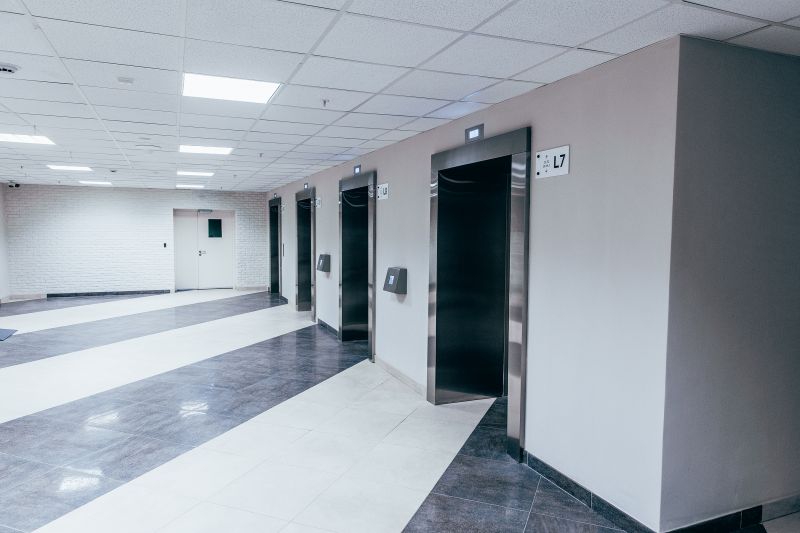
Properly maintained elevators exhibit fewer breakdowns, longer service life, and improved safety standards.
Elevator maintenance is a critical aspect of building safety and operational reliability. Regular upkeep involves comprehensive inspections, lubrication, testing safety systems, and replacing worn components. Industry statistics indicate that properly maintained elevators have a 30% lower likelihood of unexpected failures, reducing downtime and repair costs. Maintenance schedules typically vary based on usage, but most elevators require quarterly inspections and servicing to ensure compliance with safety standards.
The process of elevator maintenance generally takes between 1 to 4 hours, depending on the scope of work and the complexity of the system. A professional technician begins with a thorough inspection, followed by cleaning and lubrication of moving parts, testing of safety features, and replacing any defective components. This systematic approach helps prevent emergencies and extends the lifespan of elevator systems.
Professional elevator technicians possess specialized training and experience, ensuring maintenance is performed safely and effectively. Their expertise helps identify potential issues early, preventing costly repairs and ensuring compliance with safety regulations.
Regular professional maintenance enhances elevator reliability, minimizes downtime, and promotes safety for all users. It also helps in maintaining warranty conditions and extending the service life of elevator components.
Includes system diagnostics, safety system testing, component lubrication, cable and pulley inspections, and control system updates.
Investing in professional elevator maintenance is essential for ensuring safety, efficiency, and longevity. Properly maintained elevators are less prone to unexpected failures, which can lead to costly repairs and operational disruptions. Routine servicing also helps in complying with safety standards and can improve user confidence in building facilities.

A technician inspecting the control panel ensures all safety systems are functional and up to date.
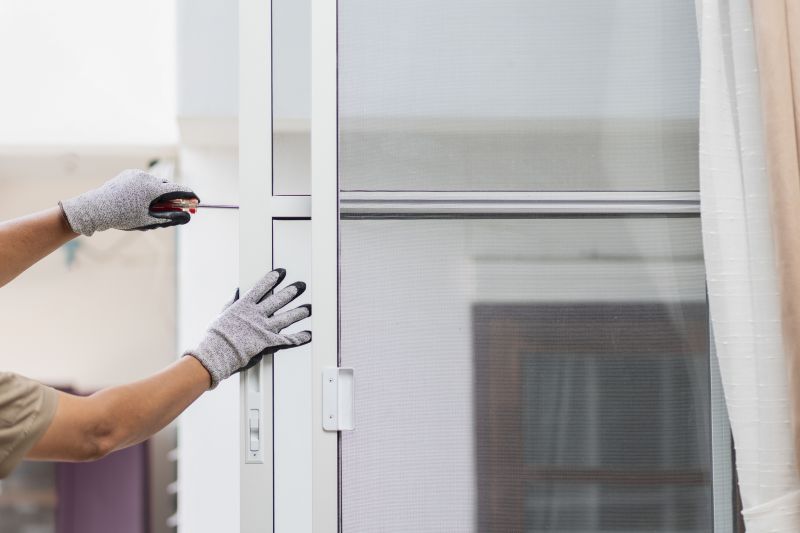
Lubrication reduces friction and wear, contributing to smoother operation and extended component lifespan.
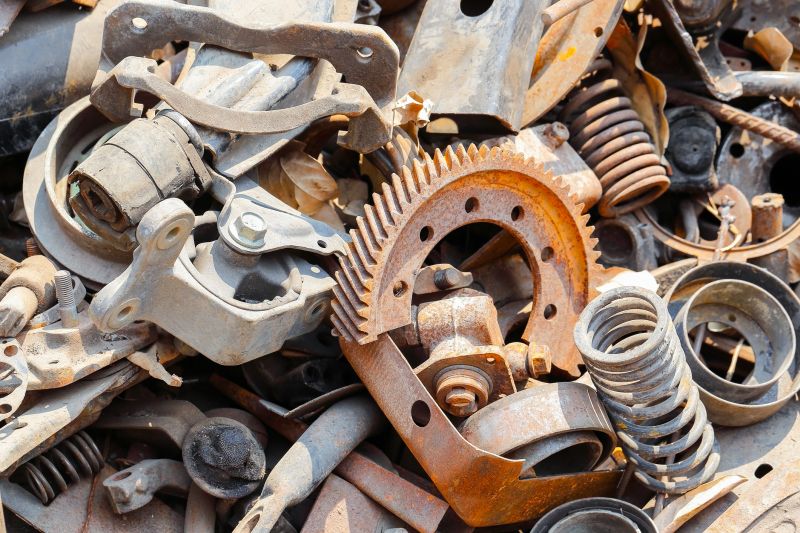
Replacing worn or damaged parts prevents breakdowns and maintains safety standards.
Properly completed elevator maintenance involves meticulous work and attention to detail. After servicing, elevators often undergo safety testing to verify that all systems operate correctly. Visual confirmation of completed work ensures that all components are properly installed and functioning, reducing the likelihood of future issues.
If interested in scheduling elevator maintenance or obtaining a quote, filling out the contact form provides an easy way to initiate the process. Professional assessments can help identify potential problems early, ensuring safety and operational efficiency.
